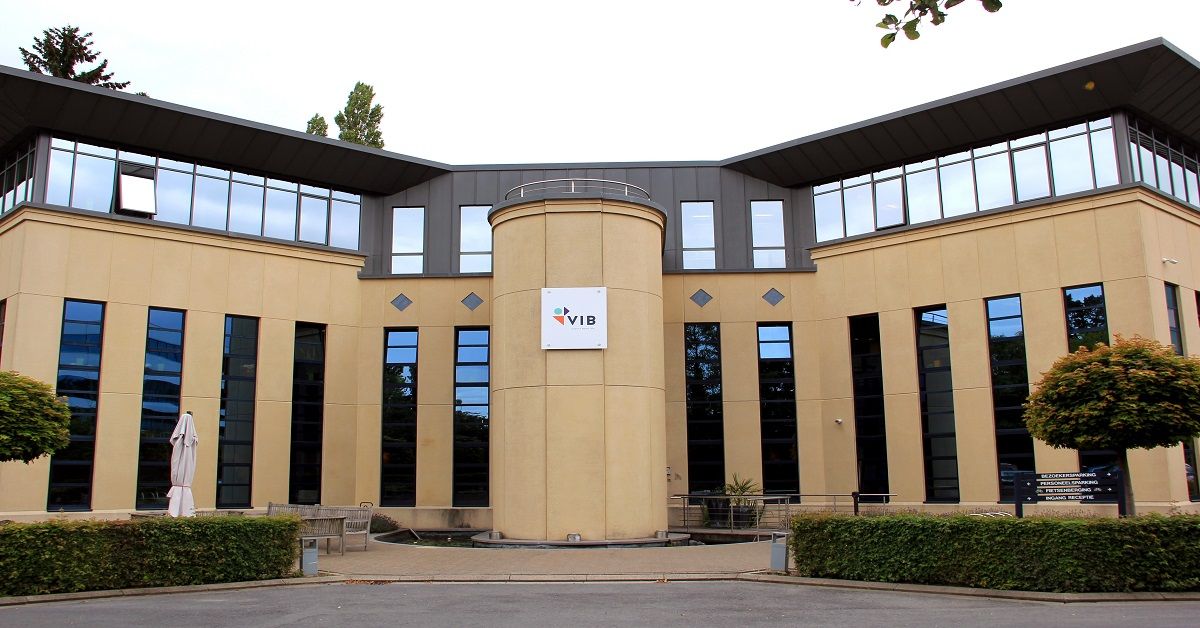The Jordanova team at the VIB-UAntwerp Center for Molecular Neurology , Belgium, focuses on the identification and characterization of genes and pathways implicated in the molecular etiology of Charcot-Marie-Tooth disease (CMT), the most common form of inherited peripheral neuropathies. This is our way to understand the molecular pathomechanisms and design treatment strategies for these severe incurable disorders. The research strategy is not limited to one experimental approach but starts with genetic studies in unique collections of patients and extends to model systems, like Drosophila, yeast or mammalian cells.
One common theme that emerged from our recent research is that aminoacyl-tRNA synthetases (aaRS) play an important role in peripheral neurodegeneration. We discovered that Dominant Intermediate Charcot-Marie-Tooth type C neuropathy (DI-CMTC) is caused by mutations in the tyrosyl-tRNA synthetase (Tyrs or YARS1) [Jordanova et al., Nature Genetics, 2006]. TyrRS, along with five other aaRS represent the major cluster of proteins implicated in CMT pathogenesis. To gain insights in the disease pathology, we generated a DI-CMTC Drosophila model and established that the observed neurodegeneration is not due to loss of TyrRS enzymatic activity, but to a gain-of-function alteration of the mutant protein and/or interference with non-canonical functions of the wild type protein [Storkebaum et al., PNAS, 2009]. Our current challenge is to identify the ex-translational function of TyrRS linked to the DI-CMTC neuropathy and to test whether it is shared with the other CMT-causing tRNA synthetases. Recent findings of our lab using Drosophila and cellular models revealed that TyrRS acts as a transcriptional regulator in the nucleus, in addition to its protein synthesis role in the cytoplasm, and this function is impaired in the DI-CMTC disease [Bervoets et al., Nat Communications, 2019]. Furthermore, transcriptome profiling in our models identified “regulation of cellular response to stress”, as a top gene ontology category regulated by nuclear TyrRS. These data were further corroborated by genetic analyses in Drosophila, and findings in cellular models obtained by our collaborators, justifying our concerted actions on this topic. The planned in-depth mechanistic studies would advance our understanding of basic biology of aaRS and might contribute to drug development programs for CMT disease.
Job description
We are looking for an enthusiastic postdoctoral researcher to explore the stress response pathways specifically regulated by the nuclear translocation of TyrRS and the connection to peripheral neuropathies. You will benefit from our prior knowledge and will test specific hypotheses in well-characterized Drosophila DI-CMTC models using genetic and behavioral analyses, immunohistochemistry, biochemistry and molecular biology, fluorescence and confocal microscopy. The molecular findings established for TyrRS will be tested in fly models for other CMT-causing aaRS to identify a potential shared disease pathway. You will further have the opportunity to validate the findings in available cellular DI-CMTC models, including patient-derived iPSC-motor neurons. You will be embedded in an international team of scientists working on complementary topics and model systems, allowing for helpful discussions and fruitful collaborations. At the same time, you will be expected to work independently and drive your own research project. You will supervise Master’s and potentially also Ph.D. students.
Profile
Essential
- Ph.D. degree in (neuro)biology or related disciplines.
- Strong background in Drosophila genetics and (neuro)biology.
- At least one accepted first-author publication in an international peer-reviewed journal.
- Capability to independently plan, execute and troubleshoot your daily work, and propose relevant research directions.
- Motivation, flexibility and team spirit.
- Excellent verbal and written English communication skills.
Desirable but not required
- Background knowledge on the cellular mechanisms of stress response and/or neurodegeneration.
- Experience with cell culture and iPSC technology.
- Experience with NMJ morphological and electrophysiological analysis.
We offer
- Head-start knowledge, strong preliminary data and unique experimental tools ensuring highly original research with the potential of generating impactful publications.
- Financial support for 3 years with possibilities for extension. The applicant will be assisted in the application for personal fellowships during this time (Marie Sklodowska-Curie Program, HFSP, EMBO, National funding organizations, …).
- Access to centralized facilities with expertise in functional genomics, cell biology, proteomics, microscopy, structural biology, technology development, and bioinformatics.
- Dedicated training programs available through VIB and UAntwerp to broaden your expertise and enhance your skillset. Possibility to learn working with cellular disease models in the context of your project.
- A stimulating and international research environment.
- An established network of international collaborators.
Starting Date: as soon as possible
How to apply?
Interested candidates are asked to apply via the online tool.
Applications must include:
- Detailed CV containing list of publications
- One-page description on previous research experience, skills and research interests
- Names and contact details of three references.
For more information please contact albena.jordanova@uantwerpen.vib.be.
For more information about our research center https://uantwerpen.vib.be/
